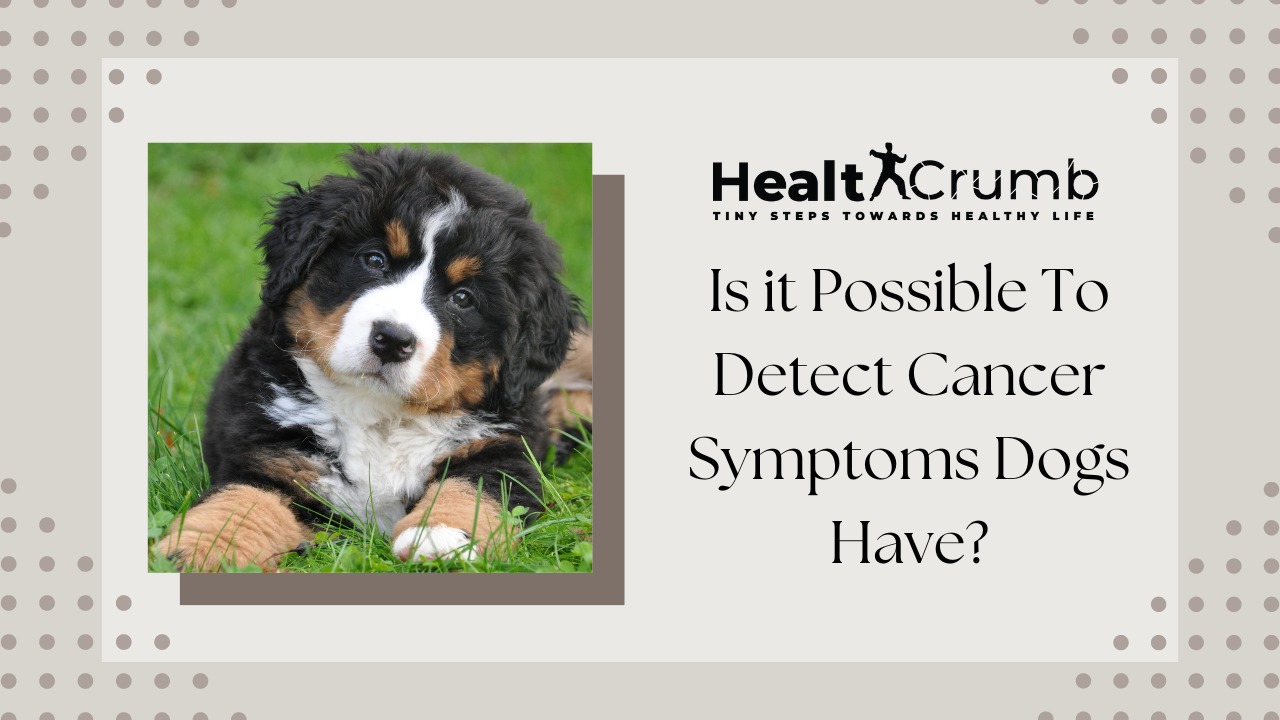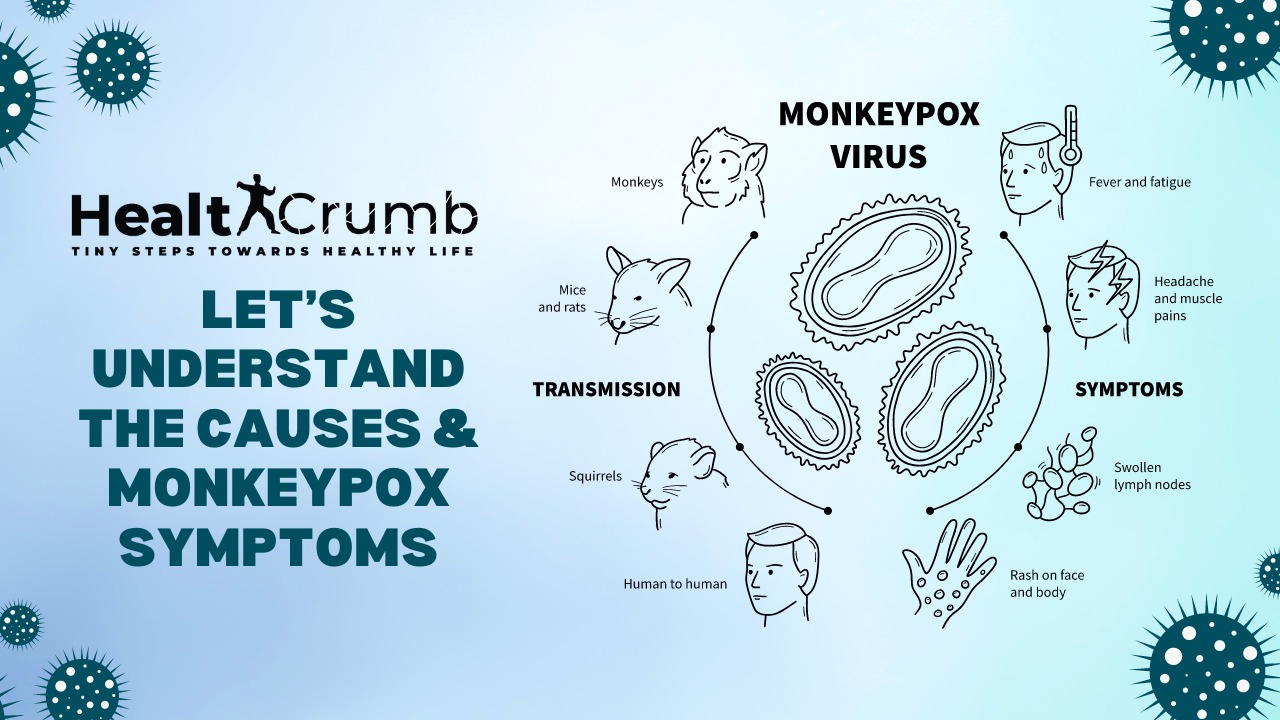Cancer is a word that is often dreaded by pet owners, but it’s important to be aware of the warning signs that your dog may be experiencing. Cancer can start as a small lump or lesion and may not always be easy to spot. If you think there’s some cancer symptoms dogs have, speak to your veterinarian about the best way to monitor them and ensure they are receiving the best possible care.
There is no one definitive answer to whether or not it is possible to detect if there’s any cancer symptoms dogs have. On the one hand, some experts believe that there is a low likelihood that cancer can be detected at an early stage often, while others maintain that there are certain signs that should prompt owners to seek out professional help.
Regardless of whether cancer can be detected early on, it is important for pet owners to be aware of the warning signs if cancer symptoms dogs may be experiencing and to take appropriate action.
Some common cancer symptoms dogs may have:
For many people, their dog is a trusted member of the family. They know the dog’s quirks, including when something is wrong. But what about when it comes to diagnosing cancer in canines? While cancer is still relatively rare in dogs, there are ways to help detect the symptoms before it turns into an actual problem.
If you’re a dog owner, you know that your furry friend is always up for a good game of fetch or a romp around the block – but you might not be so aware of the other activities they’re engaged in off-property. One of these activities is detecting cancer symptoms in humans, and there’s no evidence to suggest that dogs can indeed do this with impressive accuracy.
So if you have a dog and are concerned about your health, be sure to keep an eye out for any changes in their behavior! Here are some things to keep in mind if you think your dog may have cancer:
1. Changes in energy or appetite. Many people assume that a dog who is lethargic or doesn’t eat well is sick, but that could just be the result of the disease taking a toll on the pet’s body. If your dog seems to be losing weight abnormally or has stopped eating altogether, take him to the vet for an evaluation.
2. Swelling and discharge. This is one of the most common signs of cancer in dogs. Sudden swelling in any part of the body, especially around the neck, head, chest, stomach, or groin area can be a sign that something is wrong. If you notice this happening regularly, it’s important to bring your dog in for an examination as soon as possible.
3. Change in behavior. While it’s always important to watch for changes in your dog’s usual behavior, if he starts becoming more aggressive or doesn’t seem himself at all, it might be time to take him to see a veterinarian. There could be several reasons for this change in behavior, including the presence of cancer.
4. Changes in the appearance of the tumor or lesion. If you notice anything unusual about the lump or lesion your dog is sporting, don’t hesitate to bring him in for a checkup. This includes anything from changes in color to the size or shape of the tumor or lesion.
If you think your dog may have cancer, it’s important to take him to see a veterinarian as soon as possible for an evaluation. While there are no guarantees that cancer will be detected at this early stage, getting help will give your pet the best chance of a successful treatment.
What are the signs to look for in a dog with cancer?
There are many signs to look for in a dog with cancer, but some of the most common include changes in eating or drinking habits, increased restlessness or pacing, reluctance to move, difficulty breathing, and loss of weight. If you think there’s some cancer symptoms dogs may have, it is important to consult a veterinarian as soon as possible.
One of the most common indicators of cancer in dogs is a change in behavior. This could include an increase in aggression or restlessness, as well as unusual reluctance to eat or drink. Additionally, some dogs may start to lose weight or develop difficulty breathing. If you observe any of these signs in your dog, it is important to bring them immediately to a veterinarian for further examination.
How do you diagnosis cancer in a dog?
There is no definitive diagnostic test for cancer in dogs, and the prognosis depends on the type and stage of the cancer.
However, early detection is key to good prognosis, especially for cancers that are less aggressive.
Some common symptoms of cancer dogs include abnormal weight loss, changes in appetite or drinking habits, vomiting or diarrhea, increased breathing or panting, and an unexplained decline in energy or activity. If you notice any of these cancer symptoms dogs have, you should schedule a check-up with your veterinarian.
Your veterinarian will perform a physical exam and may also perform blood and urine tests to look for signs of cancer. If cancer is suspected, your veterinarian may also recommend surgery to remove the tumor. Treatment options typically depend on the type and stage of the cancer, but may include chemotherapy, radiation therapy, and/or surgery.
Your veterinarian may perform a variety of tests to help diagnose cancer in a dog, including a complete physical examination, an assessment of the animal’s medical history and family history, a biopsy (a sample of tissue removed for examination), and an x-ray. If cancer is suspected, your veterinarian may also recommend treatment options.
Some experts believe that cancer can often be detected at an early stage, particularly if it is located near a major organ such as the lungs or liver.
However, there is no guarantee that all cancers will be detectable early on, and it is often necessary for the veterinarian to carry out additional tests to determine the extent of the problem. If you believe cancer symptoms dogs have, it is important to schedule an appointment with a veterinarian as soon as possible.
If you have any questions about your dog’s health or if you notice any changes that concern you, be sure to schedule an appointment with your veterinarian.
What treatments are available for Cancer Symptoms Dogs Have?
There currently is no cure for cancer in dogs, but there are many treatments available that can help improve the dog’s quality of life.
Treatment options may include surgery, chemotherapy, hormonal therapy, and radiation therapy. Many dogs respond well to these treatments, and some even make a full recovery. However, not all dogs will respond to these treatments, and some may require a combination of treatments to be successful. It is important to consult a veterinarian about the best treatment option for your dog.
Many treatments can cause pain and discomfort, and it is helpful to provide your dog with pain relief medication and a comfortable bed or rug to lay on during treatment.
There are a few options for treating if cancer symptoms dogs have, but the best approach depends on the type and stage of the cancer.
- In some cases, surgery may be necessary to remove the tumor or to remove parts of the tumor that have spread
- If the cancer is localized to a specific area, radiation therapy may be needed to kill the cells in that area.
- Chemotherapy may also be used to treat certain types of cancer.
However, each dog’s treatment plan will depend on its individual health history and tumor location.
Some dogs may require long-term care following treatment. Regular checkups and treatments to prevent cancer from returning are required for many dogs.
Some drugs used to treat human cancer can also be used to treat for cancer symptoms dogs have. However, because dogs have different genes and biochemistry, the treatment may not work as well in some cases.
There is no one cure for cancer, but many treatments are available that can improve a dog’s chance of surviving the disease.
Do dogs with cancer suffer from any side effects from treatment?
Many dogs with cancer experience some side effects from treatment, but these can usually be treated by a veterinarian. Side effects may include fatigue, vomiting, diarrhea, and hair loss. In rare cases, a dog may experience seizures or other neurological problems.
Conclusion
It’s difficult to say definitively whether it is possible to detect cancer symptoms in dogs, as the disease behaves differently in each individual animal. That said, there are a few things that you can do to increase your odds of detecting any early signs of cancer.
For example, regularly monitoring your dog for changes in behavior or appetite; checking their coat for unusual amounts of hair loss; and having them checked by a veterinarian if they start exhibiting any persistent coughing or difficulty breathing could all be indicative of something more serious down the road.
So while it’s impossible to say with 100% certainty that you’ll be able to diagnose cancer in your dog, taking these simple steps will give you a better chance.
Yes, it is possible to detect cancer symptoms in dogs. There are a few things you can do to help your dog if you notice any changes in their behavior or appearance that might be indicative of cancer. Talk to your veterinarian about what steps you should take, and be sure to keep a close eye on your dog so that you can catch any early signs of the disease.



